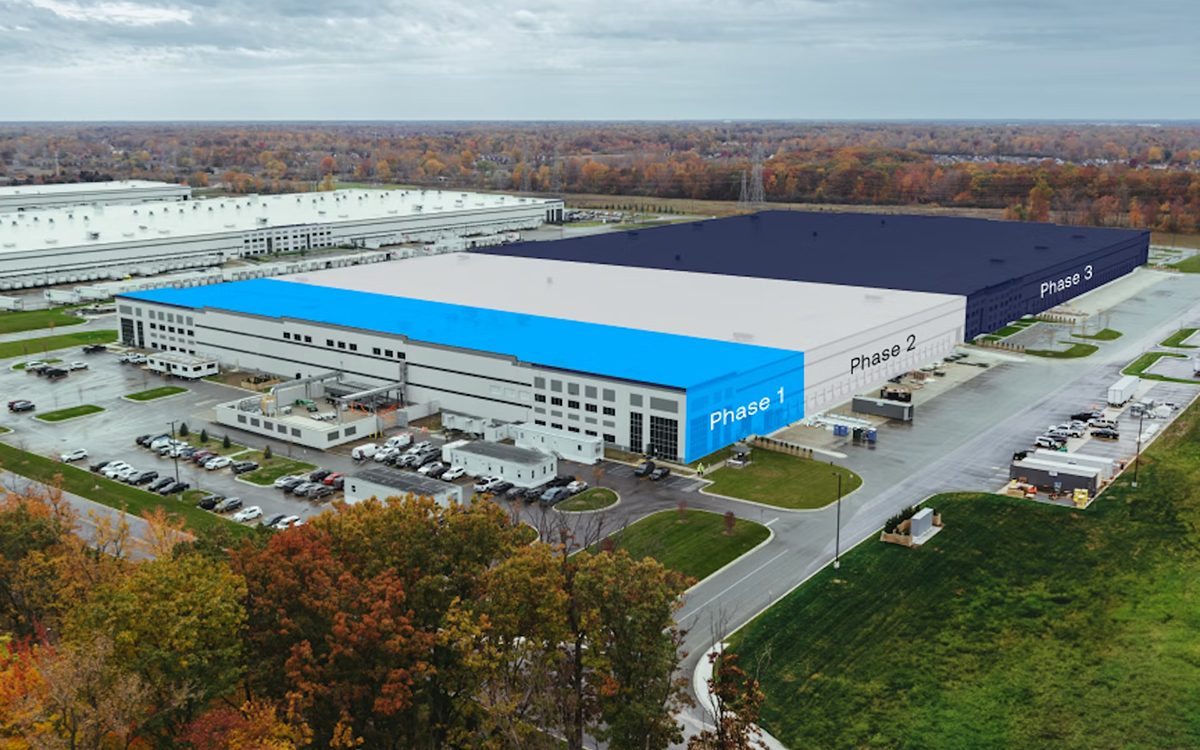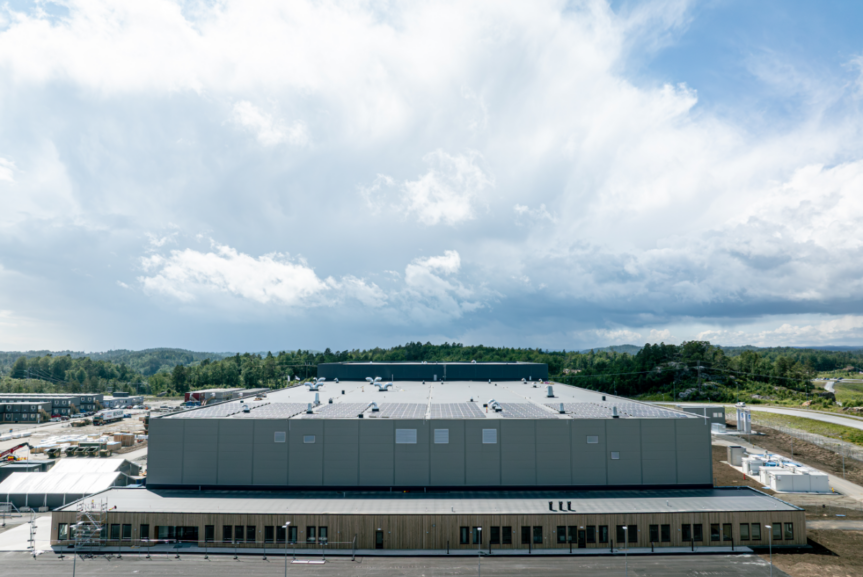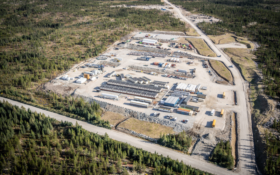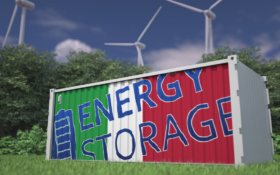Research provider BloombergNEF (BNEF) released a new report on the price level of lithium-ion battery packs and noted prices have dropped to a record low of $115/kWh.
BNEF said factors driving the price drop includes cell manufacturing overcapacity, a total of 3.1 TWh. That is more than 2.5 times the annual demand for lithium-ion batteries in 2024, it said. Low metal and component prices and a slow-down in electric vehicle (EV) sales growth also contribute. The adoption of lower cost lithium iron phosphate (LFP) batteries in the automotive industry has further contributed to the situation, its report stated.
Evelina Stoikou, head of BNEF’s battery technology team and lead author of the report, said: “The price drop for battery cells this year was greater compared with that seen in battery metal prices, indicating that margins for battery manufacturers are being squeezed. Smaller manufacturers face pressure to lower cell prices to fight for market share.”
On a regional basis, average battery pack prices were lowest in China, at $94/kWh, crossing below the $100/kWh threshold for the first time. Packs in the US and Europe were 31% and 48% higher, reflecting the relative immaturity of these markets, as well as higher production costs and lower volumes. BNEF expects pack prices to decrease by $3/kWh in 2025, based on its near-term outlook. It foresees more segments reaching price parity in the years ahead as lower-cost batteries become more widely available outside of China.
Lithium-ion batteries have also lost market shares in energy storage systems, BESS. Yayoi Sekine, head of energy storage at BNEF, said: “We’re watching how new tariffs on finished battery products may lead to distortionary pricing dynamics and slow end-product demand. Regardless, higher adoption of LFP chemistries, continued market competition, improvements in technology, material processing and manufacturing will exert downward pressure on battery prices.”
Photo: Evelina Stoikou, head of BNEF’s battery technology team: “The price drop for battery cells this year was greater compared with that seen in battery metal prices, indicating that margins for battery manufacturers are being squeezed.”












